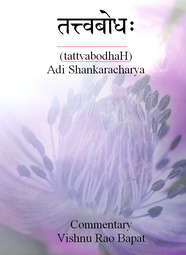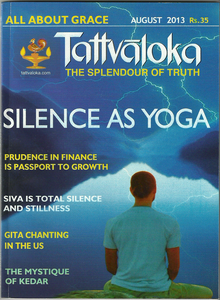Q: For the last few years I have been trying to develop a manuscript detailing a working model which marriages the teachings of Advaita Vedanta with contemporary research on NDE or “Near Death Experience” and similar fields of inquiry. There are several questions I have, but for now I will only bother you with one: Is it possible the Atman does possess a “spiritual ego”?
Clearly the culprit for the ignorance of our real self as the Self is the wrongful identification with the body-mind. Shankara explains the identification with the kosha-s perpetuates the illusion, which is nothing more than a superimposition of the kosha(s) on brahman helped by mAyA.
The way I see it, our greatest enemy is the ego, the human ego. This ego comes from the mind and is maintained alive by desires. But I have many reasons to suspect there is also a “spiritual ego” present in the Atman, which similarly perpetuates the ignorance of the wrongful identification by the so-called discarnate “spirit soul”.
The metaphor I have used is this: there is an actor in the “spiritual world” (the Atman) which wrongfully identifies with a spiritual ego preventing it from realizing brahman. This actor goes through an induced amnesia, after agreeing to play the role of a character in the Grand Stage of the world. This is the incarnation stage. The human ego is the combination of the spiritual ego – which carries the saMskAra-s and the vAsanA-s – plus particular influences on the personality traits caused by internal factors such as the brain/mind of the new body, as well as external factors such as family, society, education, etc. This is the embodied Atman as the jIva. Continue reading →






